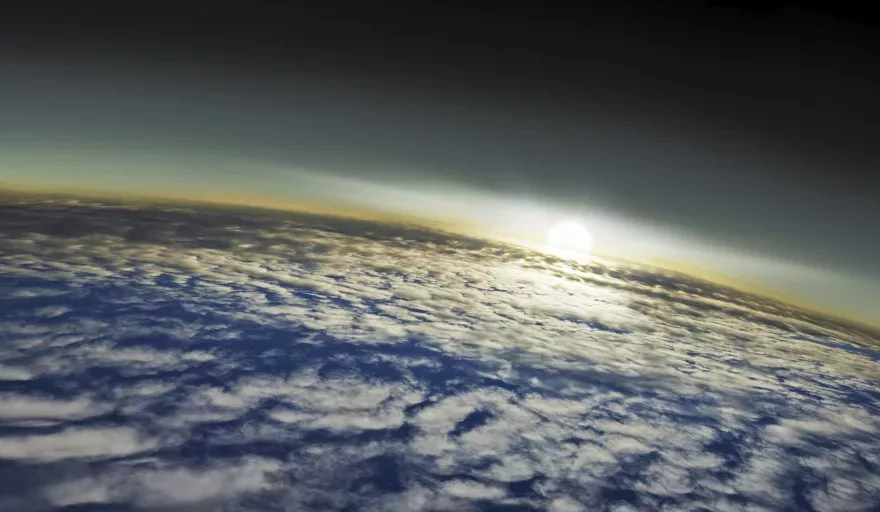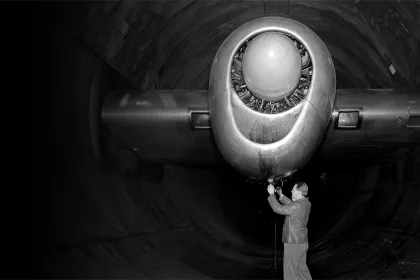Reducing the amount of carbon in the atmosphere is a key priority facing the world today as it attempts to mitigate the scale and effects of climate change. EUROCHAR, a European research project, is developing a technique which not only promises to help tackle this priority, but also offers additional benefits in the form of environmentally-friendly energy production and enhanced soil fertility.
The idea behind this ‘triple-win’ solution involves turning organic material (biomass) into a form of charcoal through a process of pyrolysis, or high temperature heating in a closed, oxygen-free environment. The resulting charcoal, or ‘biochar’ as it is known, in effect ‘locks in’ the carbon that was contained in the original biomass. The carbon is prevented from escaping into the atmosphere, as would happen if the biomass were left to biodegrade naturally.
“The stability offered by the biochar – the extent to which it locks in, or ‘sequesters’, the carbon – is central to the technique,” says EUROCHAR’s Project Coordinator, Dr Franco Miglietta of Italy’s Consiglio Nazionale delle Ricerche, because it means the biochar can safely be buried in soil. “The end result of this stabilisation process would be coal, which is completely un-decomposable,” explains Dr Miglietta. “While biochar is not as stable as coal, it does allow carbon that was originally in the atmosphere, and which would otherwise have been released back into it, to be safely sequestered in the soil.”
As well as sequestering the carbon, pyrolysis has a second advantage: it produces ‘syngas’, or synthesis gas, a combustible hydrocarbon which can be used as a fuel. The third aspect of the biochar ‘triple-win’ is that the soil is not just a place of storage for the biochar. It actually benefits from it. Adding biochar improves the physical structure of the soil, making it lighter, able to contain more water, and increasing its fertility.
“This completes the loop,” says Dr Miglietta. “If we have better soil we can produce more biomass. With more biomass we can produce more energy, and that means we can produce more biochar.”
One key part of the EUROCHAR research was an investigation to establish exactly how stable biochar actually is. This was done by examining ancient pits containing biochar thousands of years old. “Although the final, detailed analysis has yet to be completed,” says Dr Miglietta, “the results clearly indicate that biochar provides an option for carbon sequestration which could last for centuries.”
A separate strand within the project, based on field experiments at sites around Europe, established that, when added to soil, biochar protects the carbon still in the soil from degradation and decomposition, in addition to its function of sequestering the carbon in the original biomass. It therefore has a dual impact when it comes to reducing carbon in the atmosphere.
EUROCHAR team also worked on methods for creating biochar, and conducted a full life-cycle analysis of the entire concept. Allowing for factors such as the energy input required for pyrolysis, this analysis showed that the creation and use of biochar resulted in a sequestration of around 20% of the carbon contained in the original biomass.
Another important strand of the EUROCHAR project involved testing biochar for any potentially damaging impact, including whether its use over a long period might have a toxic effect on plants or animals. A second risk the research team looked into was the effect that mixing large quantities of biochar into the soil might have.
“The results of these risk assessments are still being analysed, but given favourable outcomes the work of EUROCHAR’s research team could be put to practical use without too much delay,” concludes Dr Miglietta.
SOURCE: The European Commission Research and Innovation Information Centre
































